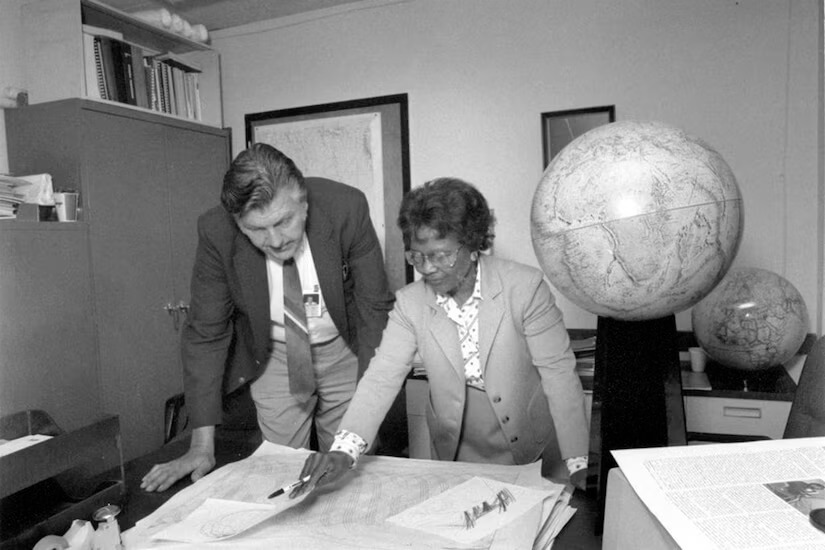
Global positioning and Gladys West
In the annals of military and technological advancements, the contributions of certain individuals have paved the way for groundbreaking innovations that not only revolutionize defense strategies but also fundamentally transform our everyday lives.
One such unsung hero is Gladys West, whose mathematical genius and dedication were instrumental in developing the technology that underpins the Global Positioning System (GPS).
This blog post delves into West’s journey from a mathematician to a pivotal figure in modern navigation systems, shedding light on her remarkable contributions and the profound impact they’ve had on both military operations and civilian conveniences.
Why It Matters
Understanding the contributions of individuals like Gladys West matters profoundly, as it highlights the intersection of innovation, and perseverance. Recognizing West’s role not only honors her work but also serves as a beacon of inspiration for future generations, particularly women in STEM fields.
Her story is a testament to the idea that talent and determination know no bounds and that contributions to crucial technological advancements can come from the most unexpected places.
Breaking Barriers in the Navy
Gladys West’s story begins in Sutherland, Virginia, where she was born into a modest family. Despite the challenges of her early life on a family farm, West’s aspirations soared beyond the agricultural horizon. Her academic excellence earned her a scholarship to Virginia State College, where she graduated with a degree in mathematics. In 1956, the Navy recognized her talent and hired her as a mathematician at the Naval Proving Ground in Dahlgren, Virginia. There, her work would lay the groundwork for one of the most crucial technological tools of the modern era
Pioneering Work for GPS
During the 1970s and 1980s, West embarked on a project that would change the world. Using complex algorithms, she accounted for gravitational, tidal, and other forces affecting the Earth’s shape, programming the IBM 7030 computer to refine calculations for an accurate Earth model. This model became the foundation for the GPS orbit, a tool now integral to navigation, whether at sea, in the air, or on the ground.
Personal Insights and Legacy
Despite her monumental contributions to digital navigation, West maintains a fondness for traditional paper maps, a charming reminder of her roots in a pre-digital world. Retiring in 1998 after a distinguished 42-year career, West continued to break barriers, completing a doctorate in public administration. Her legacy is adorned with numerous accolades, including induction into the Air Force Space and Missile Pioneers Hall of Fame and the Prince Philip Medal by the Royal Academy of Engineering, underscoring her indelible impact on science and technology.
Implications For the Navy
West’s contributions have had a lasting impact on naval operations. The precision and reliability of GPS technology have revolutionized navigation, missile guidance, and strategic planning, enhancing the Navy’s capability to execute missions with unprecedented accuracy and efficiency.
For the Public
The ripple effects of West’s work extend far beyond military applications. Today, GPS technology underpins various aspects of civilian life, from navigation apps on smartphones to global logistics, emergency response systems, and even financial transactions, showcasing the pervasive influence of her work.
Conclusion
Gladys West’s journey from a mathematician to a linchpin in the development of GPS technology is a powerful narrative of innovation, perseverance, and the breaking of societal barriers. Her story serves as a crucial reminder of the hidden figures in our history whose contributions have shaped the modern world.
As we navigate our daily lives, often with the help of the technology West helped create, it’s essential to remember and celebrate the diverse minds and hands that have built the foundations of our contemporary conveniences. In doing so, we not only honor their legacy but also inspire future generations to dream big and break barriers, just as Gladys West did.

